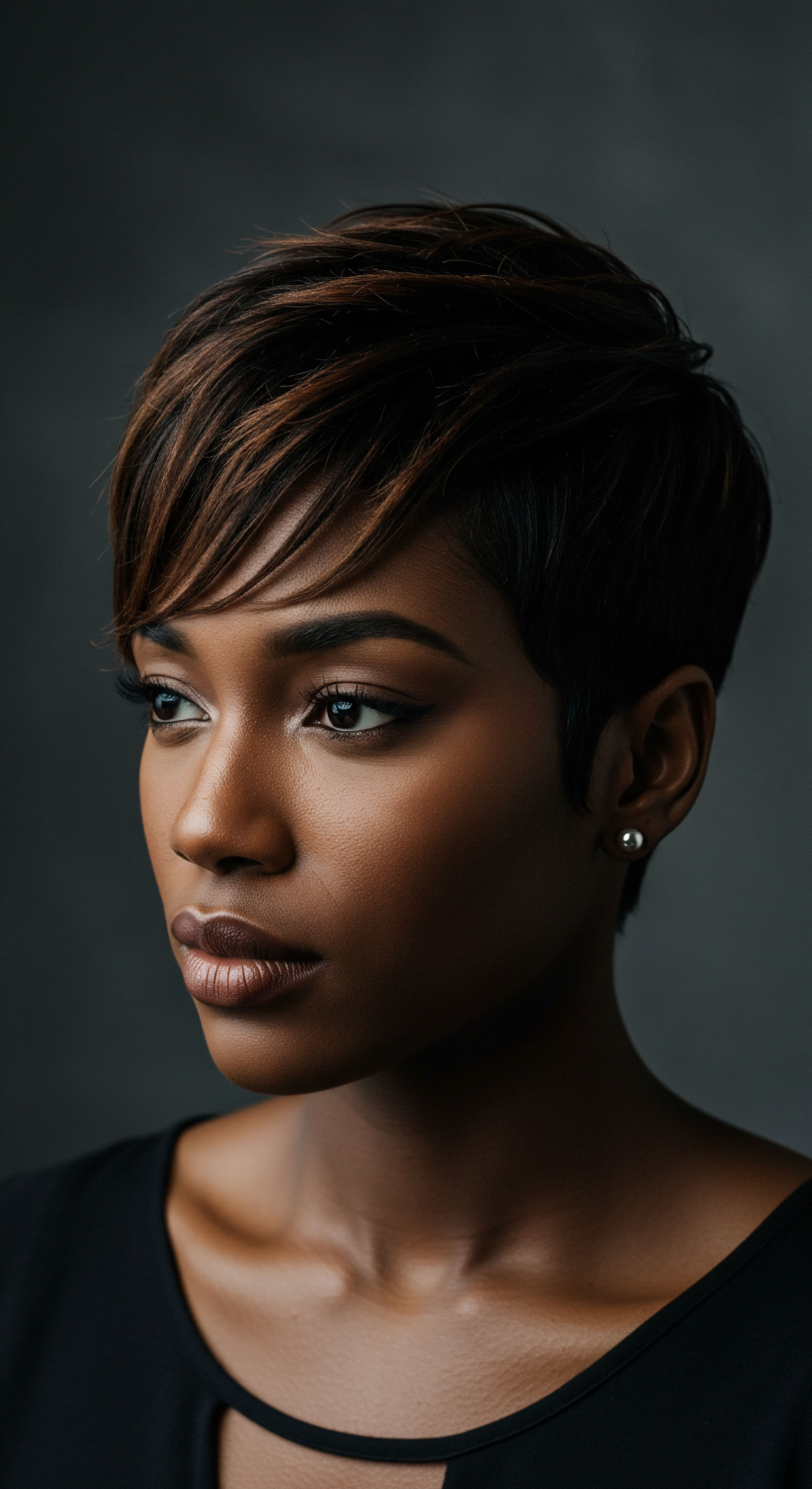
Roots
A quiet curiosity often stirs within us when we consider the past, particularly the daily customs and intimate rituals that shaped lives long ago. How did those who walked ancient earth care for their strands? What botanical secrets did they coax from the soil, the forest, or the desert to tend to their hair?
The answers lie in a gentle exploration of elemental connections, a journey back to the very beginnings of human interaction with the natural world for personal adornment and well-being. Before the advent of synthetic compounds, the plant kingdom served as a bountiful resource, offering solutions for cleansing, nourishing, and even coloring hair.
Across continents and civilizations, early societies observed the properties of plants, discovering their abilities to soothe, strengthen, and impart a certain vibrancy to hair. This was not merely about superficial beauty; it often intertwined with health, social standing, and spiritual practices. The foundational understanding of botanicals for hair care arose from a deep, intuitive relationship with the immediate environment. People learned through trial and careful observation, passing down knowledge through generations, cultivating a wisdom that predates formal scientific inquiry.
Ancient cultures nurtured their hair with botanicals, discovering remedies through close observation of the natural world.

Early Plant Use for Cleansing and Conditioning
Long before the familiar lather of modern shampoos, ancient peoples sought natural alternatives for hair hygiene. The goal was not always abundant foam, but rather effective cleansing and scalp health. Certain plants, rich in saponins, served as natural detergents. These compounds, found in various plant parts, produce a gentle, soap-like action when agitated with water, lifting away impurities without stripping the hair of its vital oils.
- Soapwort ❉ This humble plant, with its delicate pink flowers, was a widely recognized cleanser across ancient Europe and parts of Asia. Its roots, when crushed and mixed with water, yielded a foamy liquid suitable for washing both skin and hair.
- Shikakai ❉ Hailing from the Indian subcontinent, the pods of the Acacia concinna shrub were a staple in Ayurvedic hair care. Rich in saponins, shikakai offered a mild yet effective cleansing experience, leaving hair soft and manageable.
- Reetha ❉ Often paired with shikakai, the dried fruit of the soapnut tree (Sapindus mukorossi) provided another natural cleansing agent. Its shells, when steeped in water, produced a gentle lather, valued for its ability to clean hair without harshness.
Beyond cleansing, conditioning was an equally vital aspect of ancient hair care. The sun, wind, and daily activities could take a toll on hair, prompting the use of plant-derived emollients and humectants. These ingredients aimed to restore moisture, add shine, and improve hair’s pliability.

How Did Ancient Egyptians Care for Their Hair?
The ancient Egyptians, renowned for their meticulous grooming, paid considerable attention to their hair and wigs. Their practices were deeply rooted in a desire for cleanliness, aesthetic appeal, and often, a symbolic link to life beyond the earthly realm. They utilized a diverse array of botanical oils and extracts, understanding their protective and beautifying qualities.
For moisturizing and protecting hair from the harsh desert climate, various plant oils were favored. Castor Oil, extracted from the seeds of the castor bean plant, was a popular choice, known for its conditioning properties. Almond Oil, derived from the kernels of the almond tree, also found frequent application, prized for its ability to soften and impart a healthy sheen.
Additionally, Moringa Oil, from the moringa tree, was valued for its nourishing attributes, believed to keep hair supple and lustrous. These oils were often infused with fragrant herbs or resins, adding a pleasant scent to the hair care routine.
Henna, a dye prepared from the plant Lawsonia inermis, played a significant role in ancient Egyptian hair care. It was used to stain hair a reddish hue, often to conceal greying strands or simply for adornment. Records indicate its use as early as 3400 BCE for this very purpose. The practice of hair dyeing was not merely a cosmetic choice; it could also convey social status or ritual significance.
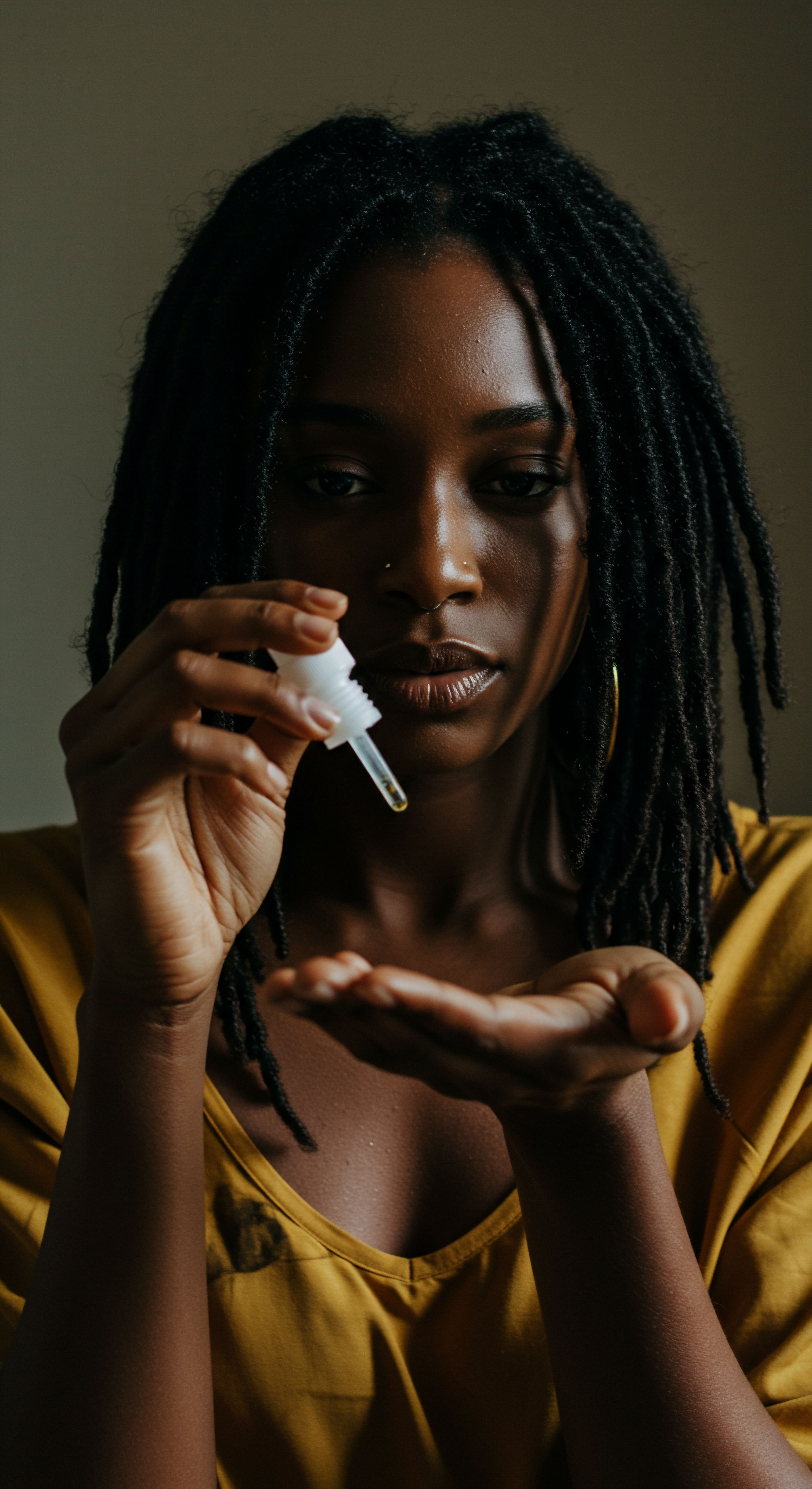
Botanical Infusions and Their Benefits
Across diverse ancient societies, the practice of creating infusions and decoctions from various plant parts formed a cornerstone of hair wellness. These preparations allowed for the extraction of water-soluble compounds, delivering their beneficial properties directly to the scalp and hair strands.
In many traditions, herbal rinses followed cleansing, serving to tone the scalp, add shine, or even address specific concerns like dryness or irritation. The selection of herbs for these infusions was often based on generations of empirical observation, recognizing which plants offered particular advantages.
| Botanical Ingredient Aloe Vera |
| Ancient Culture Egypt, Greece, India |
| Primary Hair Care Use Moisturizing, soothing scalp |
| Botanical Ingredient Olive Oil |
| Ancient Culture Greece, Rome, Mediterranean |
| Primary Hair Care Use Conditioning, adding luster |
| Botanical Ingredient Fenugreek |
| Ancient Culture Egypt, India, Rome |
| Primary Hair Care Use Hair growth, strengthening |
| Botanical Ingredient Henna |
| Ancient Culture Egypt, India, Middle East |
| Primary Hair Care Use Hair coloring, conditioning |
| Botanical Ingredient Amla |
| Ancient Culture India (Ayurveda, Siddha) |
| Primary Hair Care Use Hair growth, scalp health, anti-greying |
| Botanical Ingredient This table highlights a few widely used botanicals across various ancient traditions. |

Ritual
Considering the intricate connection between personal care and daily life, the application of botanical ingredients to hair often transcended mere utility, evolving into meaningful rituals. These practices, repeated with intention and often accompanied by a quiet reverence for the natural world, spoke to a deeper understanding of self-care. Moving from the foundational knowledge of plants, we now step into the realm of how these ingredients were woven into regular practices, shaping not only physical appearance but also cultural identity. This section delves into the purposeful ways ancient communities harnessed the power of plants, transforming simple acts of cleansing and conditioning into significant traditions.
The meticulousness observed in these historical practices suggests a recognition of hair as more than just a biological appendage. It was a canvas for expression, a marker of status, and a recipient of thoughtful care. From the sun-drenched lands of Egypt to the lush landscapes of India and the bustling cities of Rome, specific botanicals became central to distinct hair care traditions, each reflecting the local flora and cultural values.
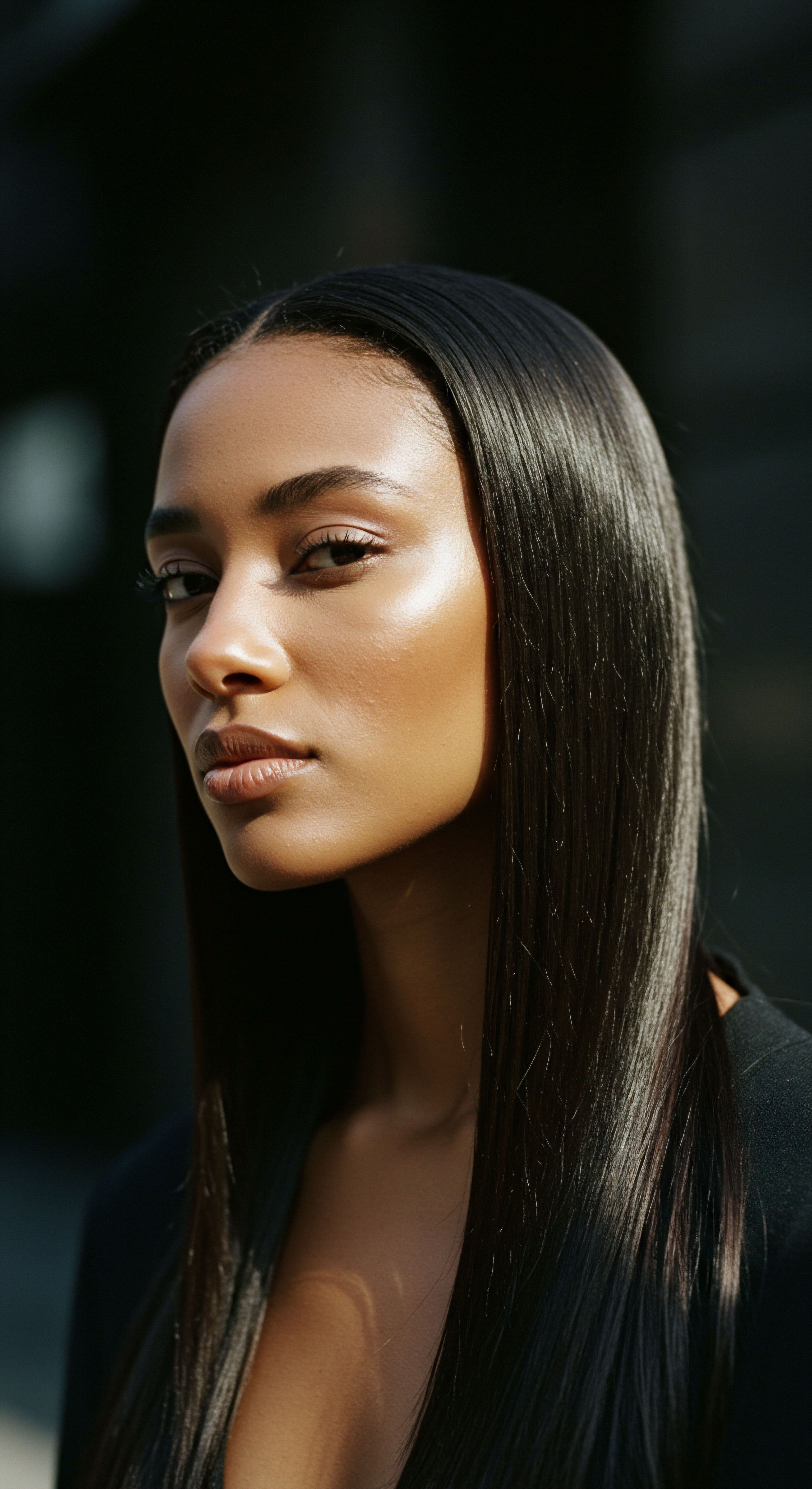
Hair Care Practices in Ancient India
In ancient India, particularly within the frameworks of Ayurveda and Siddha medicine, hair care was viewed as an integral component of overall well-being. The emphasis rested upon balancing bodily energies and nourishing the scalp to promote healthy hair growth. A rich array of herbs and oils formed the core of these practices.
One of the most revered ingredients was Amla (Emblica officinalis), also known as Indian Gooseberry. This fruit was considered a powerful rejuvenating herb, used extensively to promote hair growth, prevent premature greying, and maintain scalp vitality. Ayurvedic practitioners prepared amla oil by soaking dried amla pieces in carrier oils such as Coconut Oil or Sesame Oil, then massaging this blend onto the scalp.
This method was believed to strengthen hair roots and reduce hair fall. Beyond oils, amla powder mixed with substances like yogurt or other herbs created hair masks, aiming to bolster hair strength and impart a healthy shine.
Ancient Indian hair care traditions, particularly those rooted in Ayurveda, focused on holistic scalp health and the power of herbs like amla to sustain hair vitality.
Another significant botanical was Bhringraj (Eclipta prostrata), often called “king of hair.” This herb was highly valued for its ability to promote hair growth and darken hair, frequently used in oils and rinses. Similarly, Shikakai (Acacia concinna) and Reetha (Sapindus mukorossi) were fundamental for cleansing, providing a gentle, natural alternative to harsh soaps. These ingredients were often combined, creating synergistic blends that addressed multiple hair concerns simultaneously. The ritual often involved preparing these concoctions fresh, applying them with mindful massage, and allowing the botanicals ample time to work their wonders.

Roman and Greek Approaches to Hair Botanicals
The classical worlds of Greece and Rome, while perhaps less overtly focused on hair growth remedies than some Eastern traditions, certainly embraced botanical ingredients for cleansing, conditioning, and coloring. Their hair care often reflected societal ideals of beauty, which shifted over time and varied by social standing.
Olive Oil stood as a cornerstone of Mediterranean beauty practices. Used not only for skin but also generously applied to hair, it served as a conditioner, adding luster and protecting strands from environmental elements. Laurel oil, derived from the bay laurel tree, also found application, sometimes for its aromatic qualities or perceived benefits to the scalp.
For altering hair color, the Romans employed a variety of plant-based dyes. Henna, as in Egypt, provided reddish tones. They also experimented with extracts from Walnut Shells for darker hues.
However, some Roman hair dyeing practices veered into less natural and potentially hazardous territory, sometimes incorporating mineral compounds alongside botanicals, a point we will consider later. The pursuit of specific shades, particularly lighter ones, sometimes led to methods involving alkaline substances derived from plants, such as wood ash.

How Did Ancient Cultures Use Oils for Hair Care?
Oils held a central place in ancient hair care routines across nearly all cultures. Their primary role was multifaceted ❉ to moisturize, protect, and impart shine. Beyond these immediate benefits, many ancient oils were believed to possess medicinal properties, nourishing the scalp and promoting overall hair health.
The extraction methods, though rudimentary by modern standards, were effective. Cold pressing, maceration, and infusion were common techniques, allowing the valuable lipids and plant compounds to be separated and preserved. These oils were not merely applied; they were often massaged into the scalp, a practice that not only distributed the product but also stimulated blood circulation, which was intuitively understood to benefit hair vitality.
In Africa, for example, indigenous communities relied on oils like Shea Butter, extracted from the nuts of the shea tree, for its deeply moisturizing and protective qualities, especially for textured hair. Argan Oil, originating from Morocco, served a similar purpose, valued for its ability to address dryness and enhance hair’s natural softness. These oils were not just cosmetic agents; they were often cultural mainstays, used in rituals and passed down through generations, embodying a connection to ancestral knowledge and regional plant life.
- Olive Oil ❉ A Mediterranean staple, widely used in Greece and Rome for conditioning and adding sheen to hair.
- Castor Oil ❉ Utilized in ancient Egypt and India for promoting hair growth and providing deep moisture.
- Coconut Oil ❉ A cornerstone of Ayurvedic practices in India, known for its deep moisturizing properties and ability to reduce protein loss.
The consistent presence of oils in diverse ancient hair care traditions underscores their enduring efficacy and the deep understanding ancient cultures held regarding the power of plant-derived lipids for hair well-being.
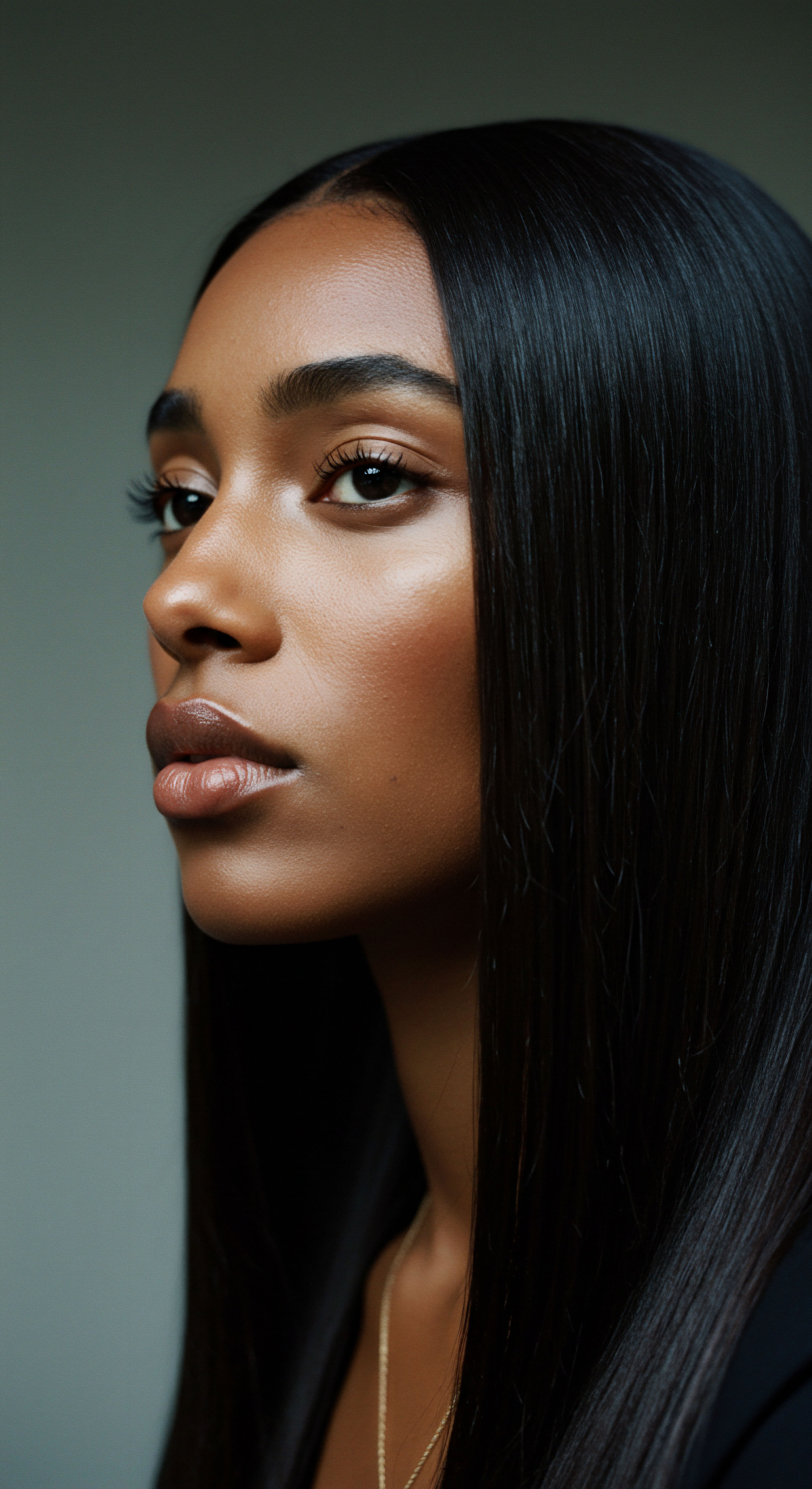
Relay
As we consider the historical application of botanical ingredients, a deeper inquiry into the science behind these ancient practices reveals surprising complexities. It beckons us to look beyond simplistic assumptions, questioning how empirical observations from millennia past align with or diverge from contemporary scientific understanding. This section moves beyond surface-level descriptions, aiming for a more profound comprehension of what ancient cultures truly achieved with their plant-based hair care, often unearthing details that challenge our preconceived notions.
The interaction between botanicals and hair structure, while not formally understood in ancient times, was clearly observed in its effects. Modern analytical techniques allow us to peer into the past, offering insights into the precise chemical compositions of ancient preparations and their impact. This intersection of historical inquiry and scientific analysis brings forth a richer, more accurate portrayal of hair care across bygone eras.

What Did Ancient Egyptians Use as Hair Styling Products?
The ancient Egyptians, known for their elaborate hairstyles, utilized substances that acted remarkably like modern styling products. While we might first consider plant oils for conditioning, archaeological science has uncovered evidence of a more sophisticated approach to hair setting. A study examining hair samples from mummies, some dating back as far as 3,500 years, revealed a fascinating discovery. Researchers from the University of Manchester found that the hair of nine mummies was coated with a mysterious, fat-like substance.
Through detailed chemical analysis, specifically gas chromatography–mass spectrometry, this coating was identified as containing biological long-chain fatty acids, including palmitic acid and stearic acid. This suggests the presence of a fat-based compound, likely derived from animal or plant sources, used to keep hairstyles in place. The researchers posited that this substance functioned as a form of ancient “hair gel” or fixative, applied during life and also as a component of post-mortem preparation to maintain the deceased’s appearance.
This finding is quite remarkable, as it illustrates a pragmatic application of available materials for cosmetic purposes that extended even into the afterlife. The consistent presence of this fatty coating on both naturally and artificially preserved mummies suggests its use as a beauty product, not merely an embalming agent.
Chemical analysis of ancient Egyptian mummified hair reveals a fat-based styling substance, akin to a modern hair gel, used to preserve intricate hairstyles.
This discovery challenges a common perception that ancient hair care was solely about natural, flowing styles. Instead, it highlights a sophisticated understanding of material properties to achieve specific, lasting aesthetic results. While the exact botanical source of all fatty acids remains elusive, plant oils were certainly available and used in other aspects of Egyptian beauty. The persistence of these fatty compounds on hair, even after millennia, provides a tangible link to the daily beauty routines of a distant civilization.

Did Ancient Hair Dyes Contain Harmful Ingredients?
While many ancient botanical hair treatments were benign and beneficial, the pursuit of certain aesthetic ideals sometimes led to the incorporation of less safe ingredients, particularly in hair dyes. The Romans, for example, were quite experimental with their hair coloring. Beyond natural plant dyes like Henna and Walnut Shells, some of their recipes for darkening hair included concerning substances.
One particularly unsettling practice involved the use of lead compounds. Romans used lead acetate, sometimes referred to as “lead sugar,” in progressive hair dyes. This substance would gradually darken hair with repeated applications. Another dangerous concoction combined lead sulfide and lime, creating tiny lead crystals within the hair shaft, resulting in a permanent black color.
Modern science unequivocally confirms lead as highly toxic, capable of causing severe health issues, including neurological damage and organ failure. This stark reality underscores a critical difference in ancient and modern understanding ❉ the Romans lacked the scientific knowledge to comprehend the long-term health risks associated with such heavy metal exposure.
Beyond lead, some Roman hair dye recipes were simply bizarre and potentially unsanitary, if not directly toxic. Accounts mention preparations made from leeches fermented in vinegar for several months to achieve black hair, or even the use of wood ash (which, when mixed with water, creates lye, a highly alkaline and corrosive substance) for lightening hair. The desire for a specific look, whether it was a dark shade or a fashionable blonde, often outweighed considerations of safety, a striking contrast to today’s rigorous product testing.
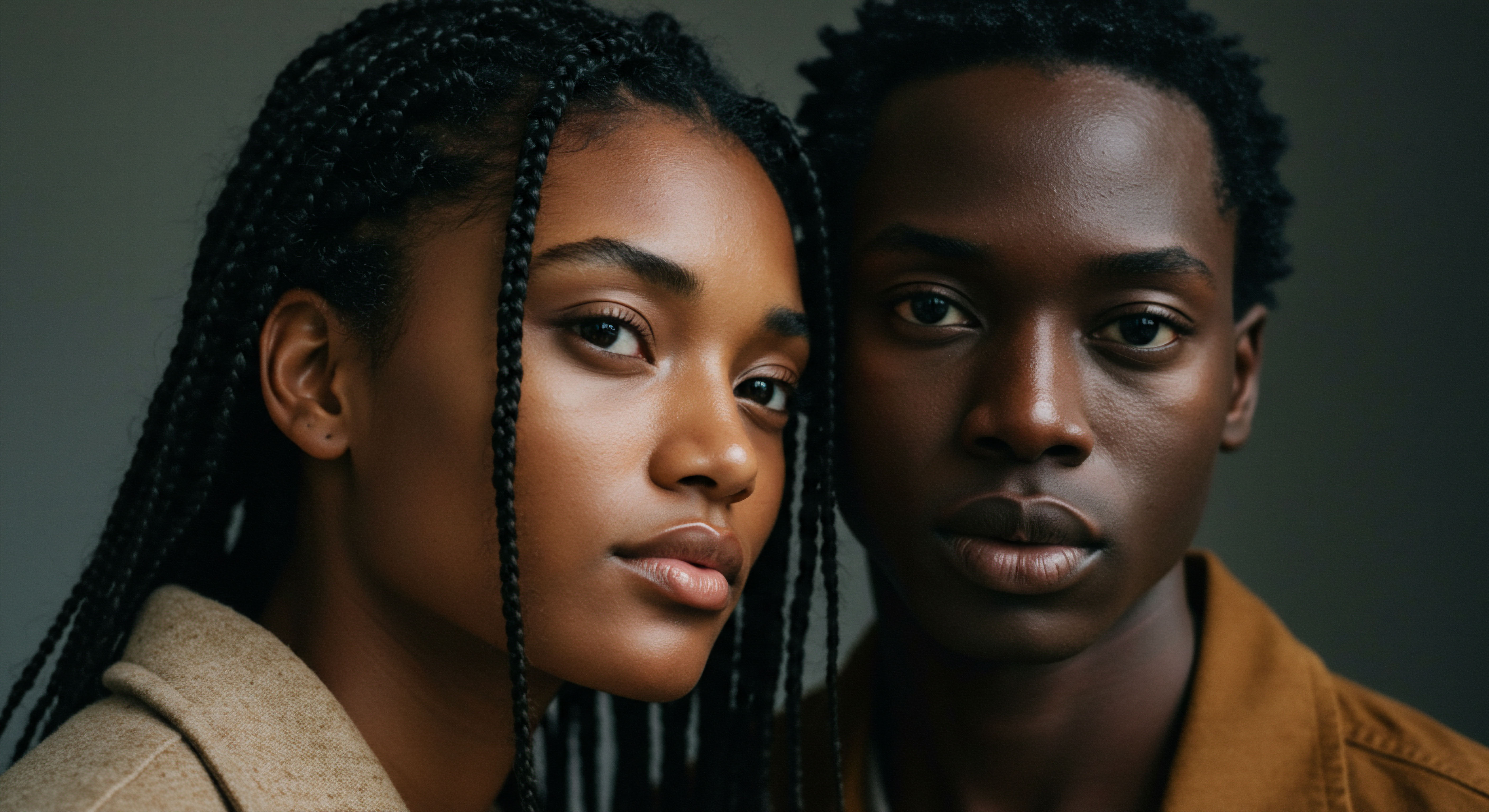
How Does Modern Science Validate Ancient Botanical Uses?
The efficacy of many ancient botanical hair care practices, once rooted in empirical observation and generational wisdom, is increasingly supported by contemporary scientific research. This validation often involves identifying the active compounds within these plants and understanding their mechanisms of action at a cellular or molecular level.
Consider Amla (Indian Gooseberry), a staple in Ayurvedic hair care for centuries. Traditional texts laud its ability to promote hair growth and prevent premature greying. Modern studies have begun to corroborate these claims. A 2012 study found that amla oil acted as a powerful inhibitor of 5-alpha reductase.
This enzyme plays a key role in androgenetic alopecia (pattern baldness) by converting testosterone into dihydrotestosterone (DHT), a hormone that shrinks hair follicles. The medication finasteride, a common treatment for male baldness, works by inhibiting this very enzyme. This scientific finding provides a tangible link between ancient wisdom and contemporary pharmacology, suggesting that the traditional use of amla for hair growth had a valid biochemical basis.
Further research into amla reveals its richness in vitamin C, antioxidants, and various phenolic compounds, which contribute to its anti-inflammatory and hair-strengthening properties. Similarly, other botanicals like Fenugreek, historically used in Egypt and India for hair growth and scalp health, are now being investigated for their potential to nourish and strengthen hair, with studies highlighting their vitamin B content and anti-dandruff properties. The growing body of research into traditional African plants for hair treatment also shows promise, with studies exploring their potential for addressing alopecia and scalp conditions.
This scientific validation of ancient botanical uses offers a compelling argument for the enduring value of traditional knowledge. It demonstrates that while the ancients lacked microscopes and chemical analysis, their keen observation and iterative experimentation led them to effective, plant-based solutions that continue to hold relevance in the modern pursuit of hair wellness.

Reflection
The journey through ancient hair care traditions reveals a profound and often surprising tapestry of human ingenuity and connection to the natural world. From the fat-based fixatives of Egyptian mummies to the intricate herbal blends of Ayurvedic practices and the bold, sometimes dangerous, dyes of Roman society, a clear truth emerges ❉ the desire to care for, adorn, and express oneself through hair is a timeless human endeavor. Our exploration shows that the lines between beauty, health, and cultural significance were often blurred, creating rituals that were both practical and deeply meaningful.
As we stand in a world saturated with synthetic options, a quiet wisdom resonates from these ancient pathways, inviting us to consider the enduring power of botanicals and the deep knowledge passed down through generations. What further secrets might the earth still hold for our strands, waiting for us to rediscover with fresh eyes and open hearts?

References
- McCreesh, N. C. Gize, A. P. & David, A. R. Ancient Egyptian Hair Gel ❉ New Insight into Ancient Egyptian Mummification Procedures through Chemical Analysis. Journal of Archaeological Science, 2011, 38(12), 3432–3434.
- Chaudhari, M. & Mengi, S. A. Emblica officinalis Gaertn ❉ A Review of Its Phytochemistry, Pharmacology and Ethnomedicinal Uses. Journal of Ethnopharmacology, 2006, 106(3), 329–335.
- Kumar, N. & Rathi, B. Current Trends in the Research of Emblica officinalis (Amla) ❉ A Pharmacological Perspective. International Journal of Pharmaceutical Sciences and Research, 2014, 5(1), 1–13.
- Hajimehdipoor, H. Nikmanesh, N. & Mohammadi-Motamed, S. Amla Oil, a Pharmaceutical Product Based on Traditional Knowledge for Hair Loss Treatment. Research Journal of Pharmacognosy, 2018, 6(1), 57–61.
- Ashby, S. P. Archaeologies of Hair ❉ an introduction. Internet Archaeology, 2016, 42.
- Zouboulis, C. C. & Rabe, J. B. Skin and Hair in Ancient Egypt. Journal of Cosmetic Dermatology, 2004, 3(4), 187–193.
- Saraf, S. Saraf, M. & Gupta, P. Development and Evaluation of Herbal Hair Serum ❉ A Traditional Way to Improve Hair Quality. International Journal of Pharmaceutical Sciences and Research, 2021, 12(8), 4448–4453.
- Wong, N. Williams, K. Tolliver, S. & Potts, G. Historical Perspectives on Hair Care and Common Styling Practices in Black Women. Cutis, 2025, 115(3), 95–98.
- McCreesh, N. C. & David, A. R. Ancient Egyptian Hair and Wigs. Ostracon Journal of Egyptian Study Society, 2002, 13, 2–8.
- Gimenez, J. & Perez-Gil, F. J. Ancient Roman Cosmetics ❉ A Review of Ingredients, Preparation, and Application. Journal of the European Academy of Dermatology and Venereology, 2019, 33(5), 837–844.